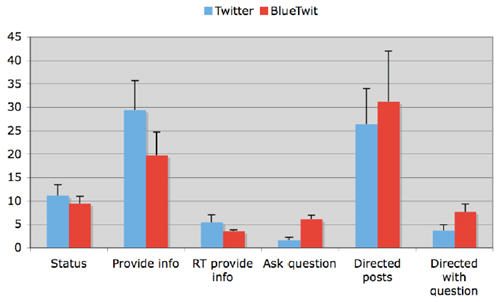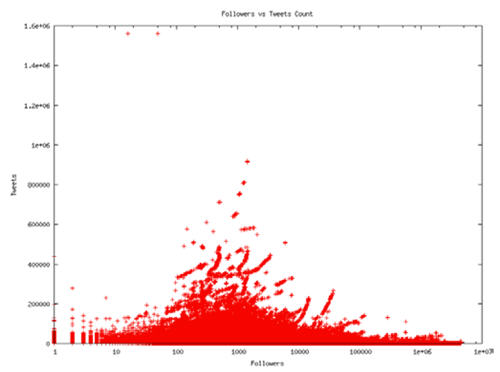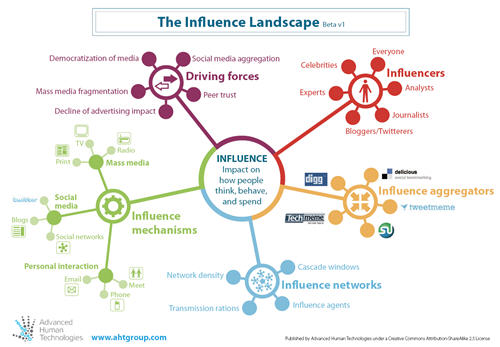Use your imagination! The potential of Annotated Tweets
Aside from the announcement of Promoted Tweets, Twitter’s advertising platform, the most important thing coming out of Twitter’s Chirp developer’s conference was a hazy pre-announcement of Annotated Tweets.
In a nutshell, developer’s will be able to let users to attach up to (probably) 512bytes of structured metadata to a tweet (plans are to increase this to 2KB), which can be used in one or many ‘annotations’ with additional data. This can only be added at the time of the tweet, or it if is retweeted.
To put this in context, a character can be represented in a byte, so you can add over 3 times as much data as the 140 characters of a tweet, in whatever format you want.
It is very early yet, with estimates of being launch in two months, and many things to be ironed out, not least how people can untangle the plethora of annotation formats that are likely to be launched.
It is completely open what can be done with this. In its note to developers Twitter says: Think big. Blow our minds.
Ideas for what annotations could be used for, adapted from Twitter, Venture Beat, Scobleizer, plus quite a few of our own, include:




